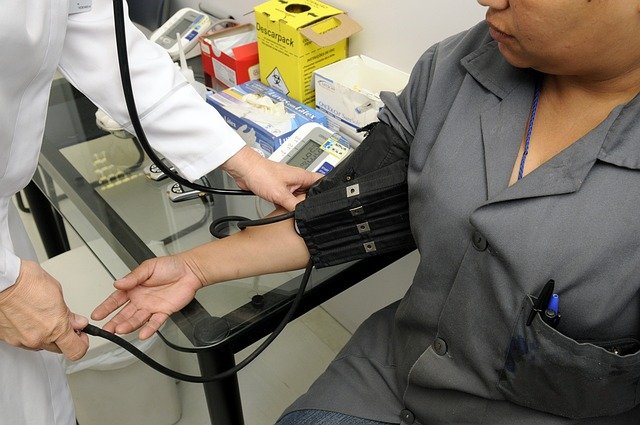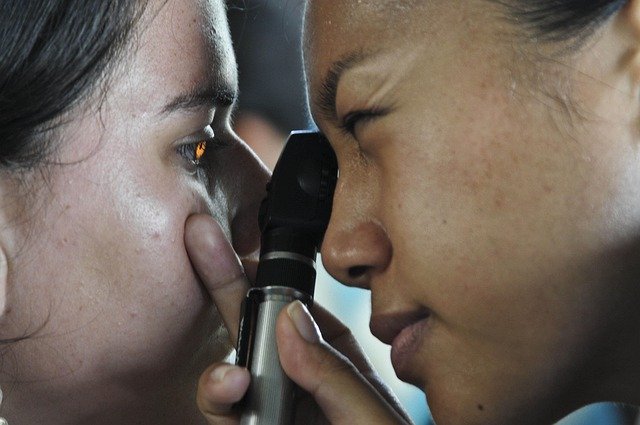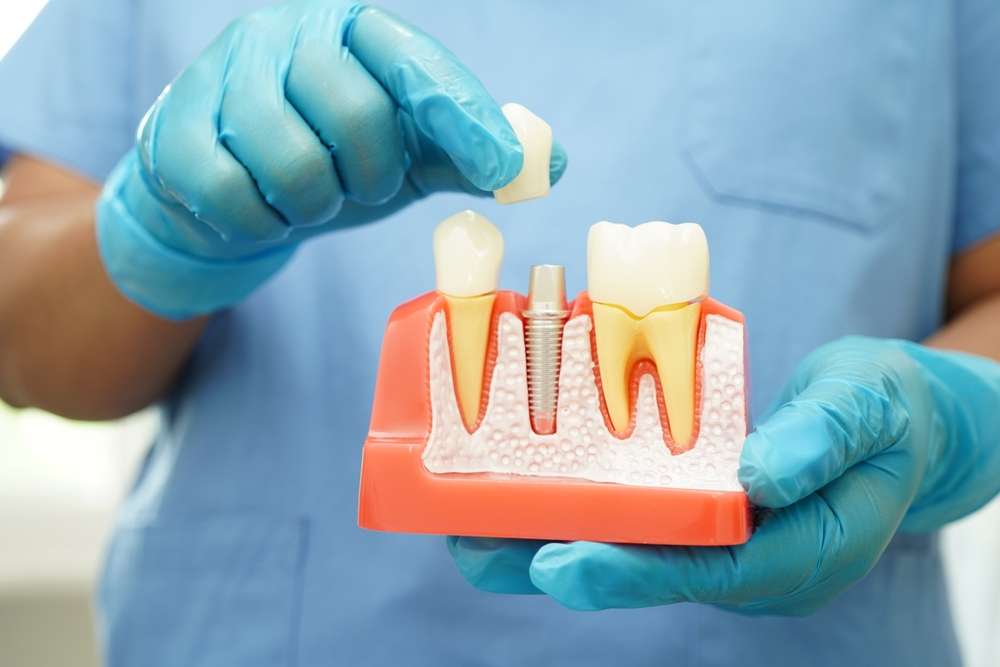Urinary Tract Infection Treatment: Options, Diagnosis, and Prevention
A urinary tract infection (UTI) affects any part of the urinary system and is a common reason to seek medical care. This article explains common causes, how UTIs are diagnosed, treatment pathways including antibiotics and symptomatic care, and practical steps for prevention. It aims to provide clear, evidence-based information for readers in the UK and elsewhere without replacing professional medical advice.

This article is for informational purposes only and should not be considered medical advice. Please consult a qualified healthcare professional for personalized guidance and treatment.
What causes urinary tract infections?
UTIs occur when bacteria enter the urinary tract and multiply. The most frequent culprit is Escherichia coli from the bowel, although other bacteria and, rarely, fungi can cause infection. Risk factors include female anatomy, sexual activity, urinary catheter use, diabetes, pregnancy, and certain structural or functional abnormalities of the urinary tract. Symptoms vary by location of infection: lower urinary tract infections (cystitis) typically cause dysuria, urgency and frequency, while upper tract infections (pyelonephritis) often include fever, flank pain and systemic symptoms.
How are urinary tract infections diagnosed?
Diagnosis normally starts with a clinical assessment of symptoms and medical history. A urine sample is commonly tested for white blood cells, nitrites and bacteria using dipstick tests and microscopy. Urine culture identifies the specific organism and guides antibiotic choice, especially in recurrent or complicated cases. Additional investigations, such as ultrasound or CT scans, are reserved for recurrent infections or suspected anatomical problems. In primary care, clinicians balance the need for testing with symptom severity and individual risk factors.
Treatment options for urinary tract infections
Uncomplicated UTIs in non-pregnant adults are frequently treated with a short course of oral antibiotics chosen according to local resistance patterns and guidelines. Typical regimens vary by country and local prescribing policies; healthcare professionals select agents that are effective and minimise resistance risk. For suspected upper tract infection or severe illness, intravenous antibiotics and hospital assessment may be required. Symptomatic relief with analgesia and adequate fluids complements antimicrobial therapy. Pregnant people, those with diabetes, or immunocompromised patients may need different management and specialist input.
Managing symptoms at home
While awaiting medical advice or alongside prescribed therapy, patients can adopt measures that ease discomfort. Adequate fluid intake helps flush the urinary tract, and simple pain relief such as paracetamol may reduce fever and discomfort. Heating pads can relieve bladder or flank pain. Avoiding bladder irritants such as caffeine and alcohol may reduce urgency. Over-the-counter urinary analgesics may provide temporary relief but should not replace medical assessment, particularly if symptoms worsen or fever develops. Monitor for red flags like persistent vomiting, high fever, or signs of sepsis.
Antibiotic resistance and follow-up care
Antibiotic resistance is a growing concern in UTI management. Clinicians follow local antimicrobial stewardship guidelines to choose narrow-spectrum agents when appropriate and limit unnecessary antibiotic use. If symptoms persist after treatment, or if infections recur, a urine culture and sensitivity testing guide further therapy. Recurrent UTIs may prompt investigation for underlying causes, consideration of prophylactic strategies in selected cases, or referral to urology or gynaecology. Accurate completion of prescribed antibiotic courses and communication with healthcare providers about adverse effects support safe treatment.
Prevention and finding local services in your area
Preventive measures can reduce UTI risk: stay well hydrated, practise good perineal hygiene (wiping front to back), urinate after sexual activity if prone to infections, and avoid unnecessary catheter use. For people with recurrent infections, behavioural changes, targeted prophylaxis, and specialist clinics may offer tailored strategies. If you need evaluation or ongoing care, contact your GP or sexual health clinic for assessment; they can direct you to local services in your area or refer to specialist urology clinics when necessary.
Conclusion
Understanding the causes, diagnosis, treatment options and preventive measures for urinary tract infections helps people make informed decisions and seek timely care. Effective management balances appropriate antibiotic use, symptom control and follow-up where needed, with attention to individual risk factors. For personalised advice and treatment, consult a healthcare professional.




